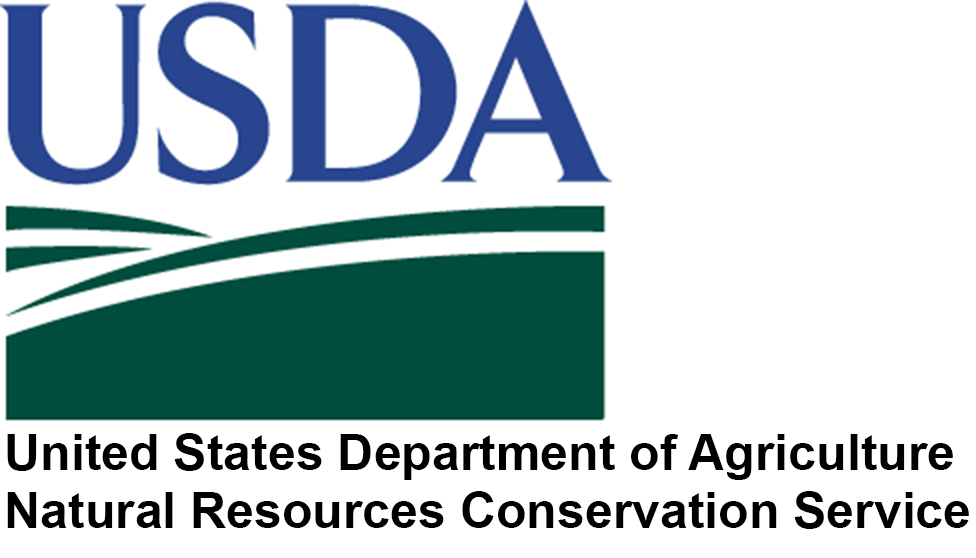This network, known as the Conservation Effects Assessment Project, or ‘CEAP’, has included forty-two watershed studies across the country, all initiated with the goal of ‘improving efficacy of conservation practices and programs by quantifying conservation effects and providing the science and education base needed to enrich conservation planning, implementation, management decisions, and policy.’ In short, this project will help us measure and understand the effects of agricultural conservation practices on hydrology and water quality at the watershed-scale in the Lake Champlain Basin over the long-term.
Portions of two watersheds have been selected for the study: Dead Creek and Headwaters Little Otter Creek. Because these entire watersheds are too large to confidently evaluate the effects of agricultural conservation practices, we have selected smaller portions to intensively monitor. Continuous streamflow and water quality sampling by automated samplers will occur on these waterways during baseflow and storms. The focus will be on phosphorus in its various forms (i.e., dissolved and sediment-bound) but we will also be measuring the different forms of nitrogen and runoff volumes.





